



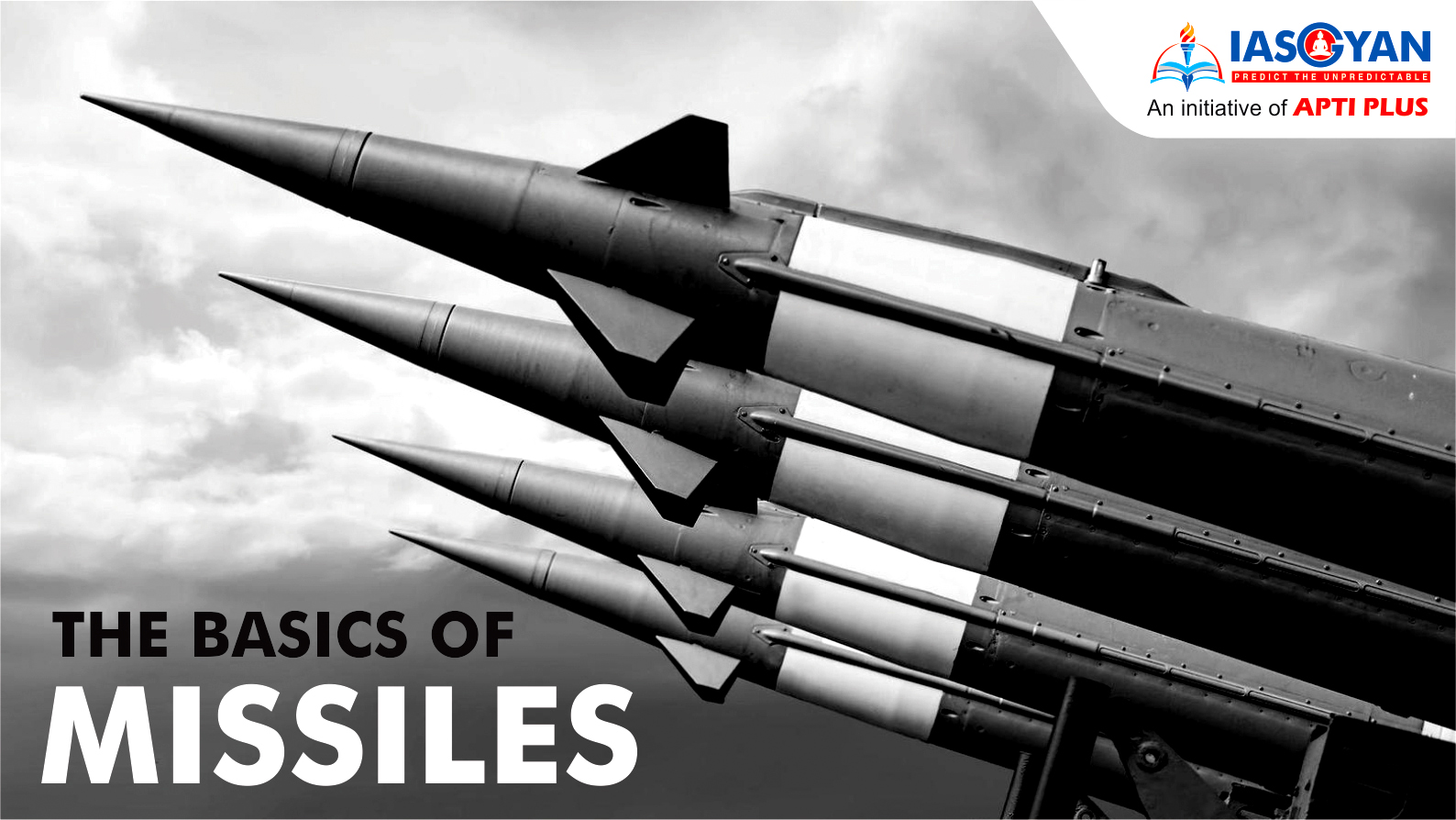
In this article, we will learn about Missiles. So without any further ado, let’s get started!
The word missile comes from the Latin verb mittere, which means – “to send”! Basically, a missile is a self-propelled guided munition system. The first missiles were developed by Nazi Germany in WWII. These were simply radio-controlled by the operator & were only built in small numbers.
Definition: A missile is an intelligent unmanned rocket designed to carry the payload to a designated point with an aim of destroying the object/target.
Missiles have four system components: targeting/guidance system, flight system, engine and warhead.

Missiles are generally classified on the basis of their Type, Launch Mode, Range, Propulsion, Warhead and Guidance Systems.
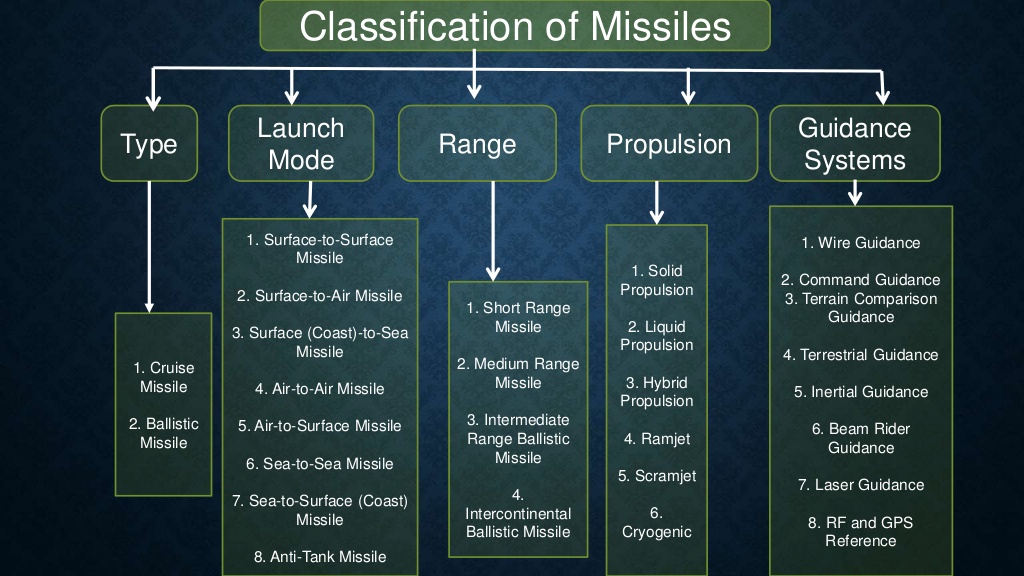
Warhead:
How are missiles guided to their target?
Missiles can be guided & targeted in a number of ways. The most common method is using some form of radiation such as infrared, laser beams, radio waves. The radiation may be emerging out of an engine or radio waves from a radar station. In the case of fighter jets, the missile follows the heat signatures of the engine or the heat released through the nozzle & in case of radar, the missiles follow the radar waves itself(an echo; return signal). These methods are called fire-&-forget as they don’t need any further assistance or guidance to follow their target. A human operator can also steer the missile by using his computer. Another method is to guide the missiles using visible light. One can imagine this as a person flying a RC helicopter of the drone.
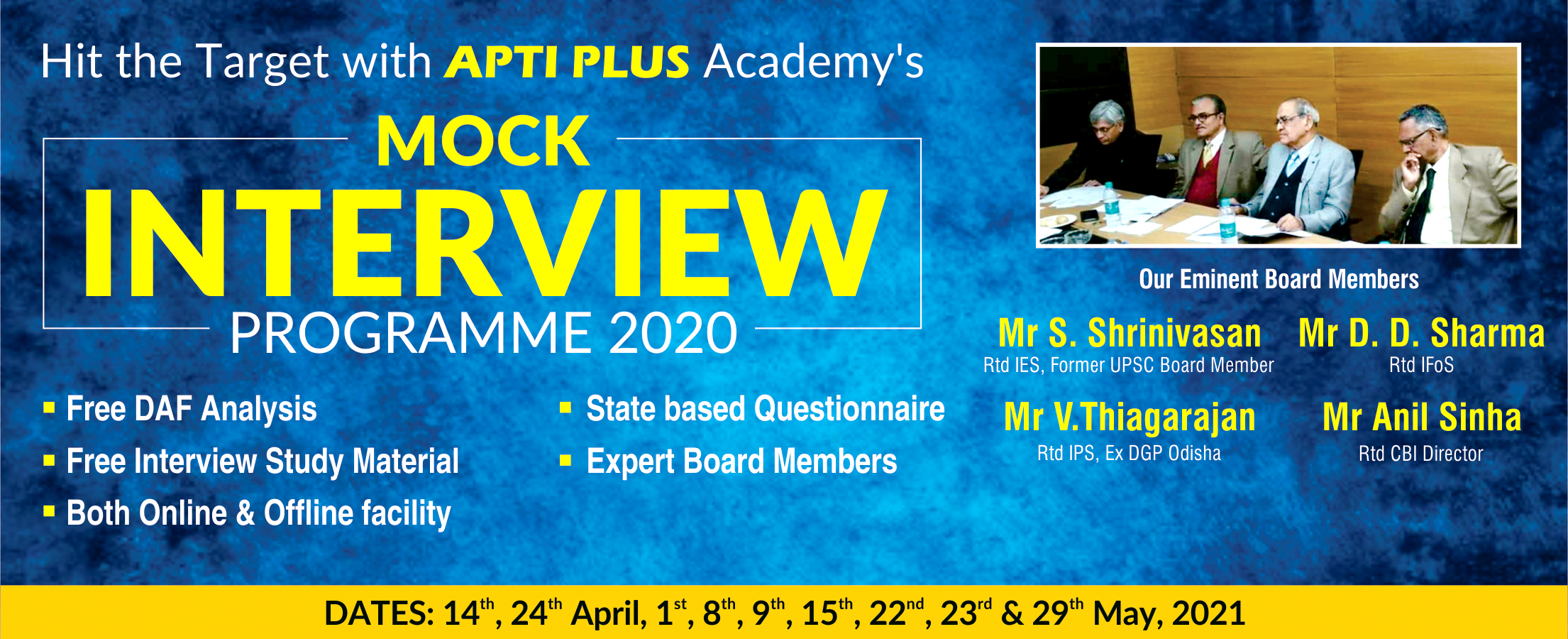
How do missiles change their directions?
To steer or maneuver the missile, the flight system uses the information from the guidance system & accordingly adjusts its thrust & other components. One way of maneuvering is thrust vectoring.
Thrust Vector Control (TVC) is the ability of an aircraft to manipulate the direction of it’s thrust through the nozzle. Therefore TVC are also used to change the direction of missiles.
Another way of guiding missiles is through aerodynamics i.e by adjusting wings & fins (tail). Some missiles are also equipped with gyroscopes that are powered by batteries & sometimes help the missile to tilt rapidly.
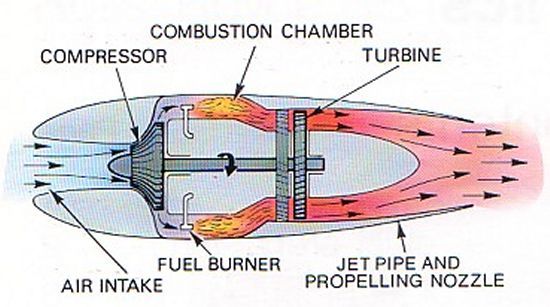
How are missiles propelled?
Here comes the engine section. Missiles generally use rocket & jet engines for their propulsion. As missiles often have multiple engine stages, at first they use rocket engines OR a rocket booster for launching (as more energy is required to overcome gravity & its own weight in the beginning).
Later jet engine is used for further flight. Either solid type of fuel or liquid propellant (for larger missiles) is used to run the rocket engine & generally turbojet engines are used for the 2nd stage for flight.
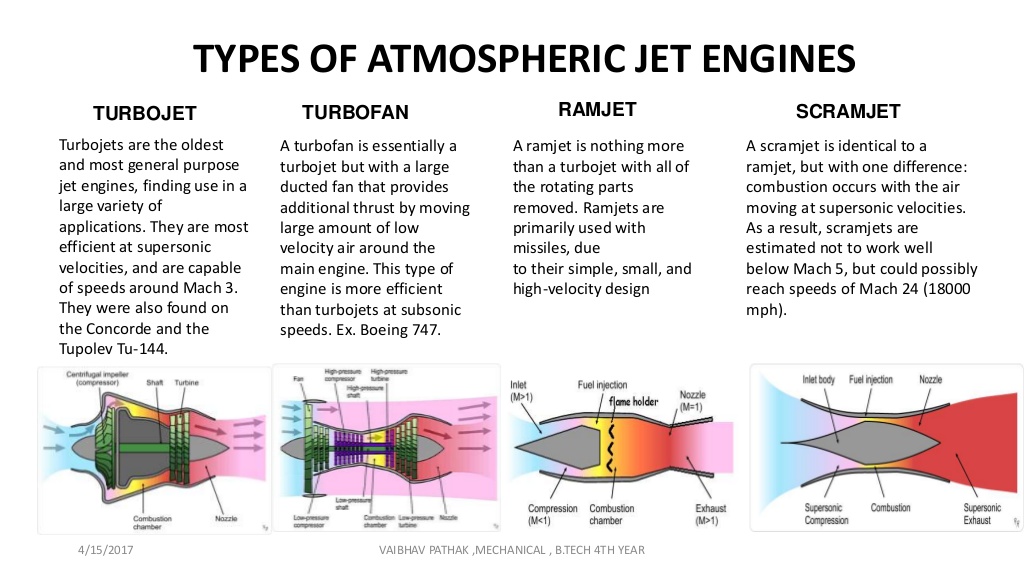
The warhead is the primary element of the weapon; it accomplishes the desired end result--
effective damage to the target.
Missiles generally have one or more explosive warheads.

Classification of Warheads
Types of warheads include:
Explosive: An explosive charge is used to disintegrate the target, and damage surrounding areas with a blast wave.
Conventional: Chemicals such as gunpowder and high explosives store significant energy within their molecular bonds. This energy can be released quickly by a trigger, such as an electric spark. Thermobaric weapons enhance the blast effect by utilizing the surrounding atmosphere in their explosive reactions.
Blast: A strong shock wave is provided by the detonation of the explosive.
Fragmentation: Metal fragments are projected at high velocity to cause damage or injury.
Continuous rod: Metal bars welded on their ends form a compact cylinder of interconnected rods, which is violently expanded into a contiguous zig-zag-shaped ring by an explosive detonation. The rapidly expanding ring produces a planar cutting effect that is devastating against military aircraft, which may be designed to be resistant to shrapnel.
Shaped charge: The effect of the explosive charge is focused onto a specially shaped metal liner to project a hypervelocity jet of metal, to perforate heavy armour.
Explosively formed penetrator: Instead of turning a thin metal liner into a focused jet, the detonation wave is directed against a concave metal plate at the front of the warhead, propelling it at high velocity while simultaneously deforming it into a projectile.
Nuclear: A runaway nuclear fission (fission bomb) or nuclear fusion (Thermonuclear weapon) reaction causes immense energy release.
Chemical: A toxic chemical, such as poison gas or nerve gas, is dispersed, which is designed to injure or kill human beings.
Biological: An infectious agent, such as anthrax spores, is dispersed, which is designed to sicken or kill humans.
Often, a biological or chemical warhead will use an explosive charge for rapid dispersal.
On the basis of Type:
(i) Cruise Missile
A cruise missile is a guided missile used against terrestrial targets, that remains in the atmosphere and flies the major portion of its flight path at approximately constant speed. They fly within the earth’s atmosphere and use jet engine technology. They are aerodynamically guided in powered flight. Cruise missiles are designed to deliver a large warhead over long distances with high precision. Modern cruise missiles are capable of travelling at supersonic or high subsonic speeds, are self-navigating, and are able to fly on a non-ballistic, extremely low-altitude trajectory.
.gif)
Depending upon the speed such missiles are classified as:
1) Subsonic cruise missile
2) Supersonic cruise missile
3) Hypersonic cruise missile
Subsonic cruise missile flies at a speed lesser than that of sound. It travels at a speed of around 0.8 Mach. The well-known subsonic missile is the American Tomahawk cruise missile. Some other examples are Harpoon of USA and Exocet of France.
Supersonic cruise missile travels at a speed of around 2-3 Mach i.e.; it travels a kilometer approximately in a second. The modular design of the missile and its capability of being launched at different orientations enable it to be integrated with a wide spectrum of platforms like warships, submarines, different types of aircraft, mobile autonomous launchers and silos. The combination of supersonic speed and warhead mass provides high kinetic energy ensuring tremendous lethal effect. BRAHMOS is the only known versatile supersonic cruise missile system which is in service.
Hypersonic cruise missile travels at a speed of more than 5 Mach. Many countries are working to develop hypersonic cruise missiles. BrahMos Aerospace is also in the process of developing a hypersonic cruise missile, BRAHMOS-II, which would fly at a speed greater than 5 Mach.
(ii) Ballistic Missile:
A ballistic missile follows a ballistic trajectory to deliver one or more warheads on a predetermined target. These weapons are guided only during relatively brief periods—most of the flight is unpowered. Short-range ballistic missiles stay within the Earth's atmosphere, while intercontinental ballistic missiles (ICBMs) are launched on a sub-orbital trajectory.
These weapons are in a distinct category from cruise missiles, which are aerodynamically guided in powered flight.
Ballistic missiles are categorised according to their range, maximum distance measured along the surface of earth's ellipsoid from the point of launch to the point of impact of the last element of their payload. The missile carry a huge payload. The carriage of a deadly warhead is justified by the distance the missile travels. Ballistic missiles can be launched from ships and land based facilities. For example, Prithvi I, Prithvi II, Agni I, Agni II and Dhanush ballistic missiles are currently operational in the Indian defence forces.
Cruise vs Ballistic Missile :
Watch: https://youtu.be/5D3tLfYqhUU
On the basis of Launch Mode:
(i) Surface-to-Surface Missile: A surface-to-surface missile is a guided projectile launched from a hand-held, vehicle mounted, trailer mounted or fixed installation. It is often powered by a rocket motor or sometimes fired by an explosive charge since the launch platform is stationary.
(ii) Surface-to-Air Missile: A surface-to-air missile is designed for launch from the ground to destroy aerial targets like aircrafts, helicopters and even ballistic missiles. These missiles are generally called air defence systems as they defend any aerial attacks by the enemy.
(iii) Surface (Coast)-to-Sea Missile: A surface (coast)-to-sea missile is designed to be launched from land to ship in the sea as targets.
(iv)Air-to-Air Missile: An air-to-air missile is launched from an aircraft to destroy the enemy aircraft. The missile flies at a speed of 4 Mach.
(v) Air-to-Surface Missile: An air-to-surface missile is designed for launch from military aircraft and strikes ground targets on land, at sea or both. The missiles are basically guided via laser guidance, infrared guidance and optical guidance or via GPS signals. The type of guidance depends on the type of target.
(vi) Sea-to-Sea Missile: A sea-to-sea missile is designed for launch from one ship to another ship.
(vii) Sea-to-Surface (Coast) Missile: A sea-to-surface missile is designed for launch from ship to land based targets.
(viii) Anti-Tank Missile: An anti-tank missile is a guided missile primarily designed to hit and destroy heavily-armoured tanks and other armoured fighting vehicles. Anti-tank missiles could be launched from aircraft, helicopters, tanks and also from shoulder mounted launcher.
On the basis of Range:
This type of classification is based on maximum range achieved by the missiles. The basic classification is as follows:
On the basis of Propulsion:
(i) Solid Propulsion: Solid fuel is used in solid propulsion. Generally, the fuel is aluminium powder. Solid propulsion has the advantage of being easily stored and can be handled in fuelled condition. It can reach very high speeds quickly. Its simplicity also makes it a good choice whenever large amount of thrust is needed.
(ii) Liquid Propulsion: The liquid propulsion technology uses liquid as fuel. The fuels are hydrocarbons. The storage of missile with liquid fuel is difficult and complex. In addition, preparation of missile takes considerable time. In liquid propulsion, propulsion can be controlled easily by restricting the fuel flow by using valves and it can also be controlled even under emergency conditions. Basically, liquid fuel gives high specific impulse as compared to solid fuel.
(ii) Hybrid Propulsion: There are two stages in hybrid propulsion - solid propulsion and liquid propulsion. This kind of propulsion compensates the disadvantages of both propulsion systems and has the combined advantages of the two propulsion systems.
(iii) Ramjet: A ramjet engine does not have any turbines unlike turbojet engines. It achieves compression of intake air just by the forward speed of the air vehicle. The fuel is injected and ignited. The expansion of hot gases after fuel injection and combustion accelerates the exhaust air to a velocity higher than that at the inlet and creates positive push. However, the air entering the engine should be at supersonic speeds. So, the aerial vehicle must be moving in supersonic speeds. Ramjet engines cannot propel an aerial vehicle from zero to supersonic speeds.
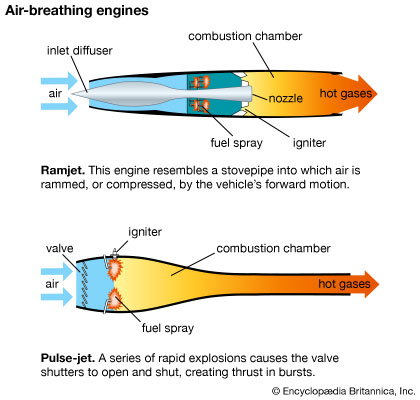
(iv) Scramjet: Scramjet is an acronym for Supersonic Combustion Ramjet. The difference between scramjet and ramjet is that the combustion takes place at supersonic air velocities through the engine. It is mechanically simple, but vastly more complex aerodynamically than a jet engine. Hydrogen is normally the fuel used.
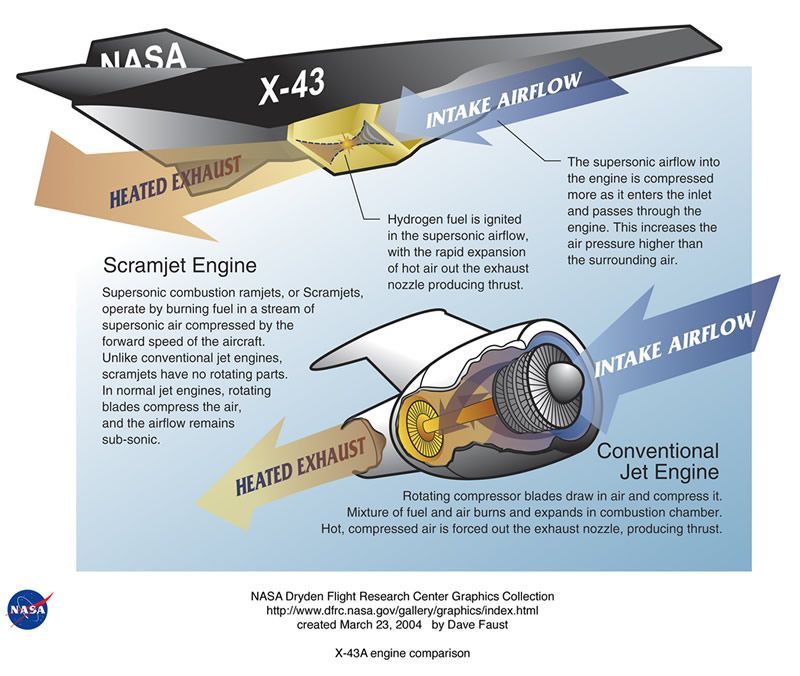
(v) Cryogenic: Cryogenic propellants are liquefied gases stored at very low temperatures, most frequently liquid hydrogen as the fuel and liquid oxygen as the oxidizer. Cryogenic propellants require special insulated containers and vents which allow gas to escape from the evaporating liquids. The liquid fuel and oxidizer are pumped from the storage tanks to an expansion chamber and injected into the combustion chamber where they are mixed and ignited by a flame or spark. The fuel expands as it burns and the hot exhaust gases are directed out of the nozzle to provide thrust.
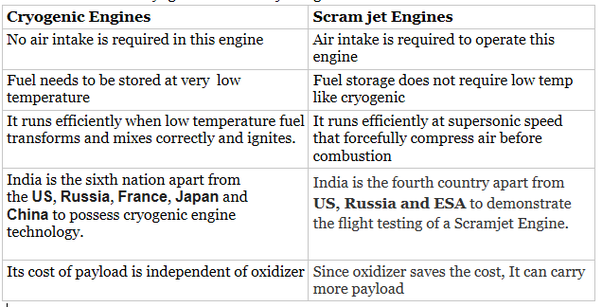
On the basis of Warhead:
(i) Conventional Warhead: A conventional warhead contains high energy explosives. It is filled with a chemical explosive and relies on the detonation of the explosive and the resulting metal casing fragmentation as kill mechanisms.
(ii) Strategic Warhead: In a strategic warhead, radio active materials are present and when triggered they exhibit huge radio activity that can wipe out even cities. They are generally designed for mass annihilation.
On the basis of Guidance Systems:
(i) Wire Guidance: This system is broadly similar to radio command, but is less susceptible to electronic counter measures. The command signals are passed along a wire (or wires) dispensed from the missile after launch.
(ii) Command Guidance: Command guidance involves tracking the projectile from the launch site or platform and transmitting commands by radio, radar, or laser impulses or along thin wires or optical fibres. Tracking might be accomplished by radar or optical instruments from the launch site or by radar or television imagery relayed from the missile.
(iii) Terrain Comparison Guidance: Terrain Comparison (TERCOM) is used invariably by cruise missiles. The system uses sensitive altimeters to measure the profile of the ground directly below and checks the result against stored information.
(iv) Terrestrial Guidance: This system constantly measures star angles and compares them with the pre-programmed angles expected on the missile’s intended trajectory. The guidance system directs the control system whenever an alteration to trajectory is required.
(v) Inertial Guidance: This system is totally contained within the missile and is programmed prior to launch. Three accelerometers, mounted on a platform space-stabilised by gyros, measure accelerations along three mutually perpendicular axes; these accelerations are then integrated twice, the first integration giving velocity and the second giving position. The system then directs the control system to preserve the pre-programmed trajectory. This systems are used in the surface-to-surface missiles and in cruise missiles.
(vi) Beam Rider Guidance: The beam rider concept relies on an external ground or ship-based radar station that transmits a beam of radar energy towards the target. The surface radar tracks the target and also transmits a guidance beam that adjusts its angle as the target moves across the sky.
(vii) Laser Guidance: In laser guidance, a laser beam is focused on the target and the laser beam reflects off the target and gets scattered. The missile has a laser seeker that can detect even miniscule amount of radiation. The seeker provides the direction of the laser scatters to the guidance system. The missile is launched towards the target, the seeker looks out for the laser reflections and the guidance system steers the missile towards the source of laser reflections that is ultimately the target.
(viii) RF and GPS Reference: RF (Radio Frequency) and GPS (Global Positioning System) are examples of technologies that are used in missile guidance systems. A missile uses GPS signal to determine the location of the target. Over the course of its flight, the weapon uses this information to send commands to control surfaces and adjusts its trajectory. In a RF reference, the missile uses RF waves to locate the target.
© 2025 iasgyan. All right reserved